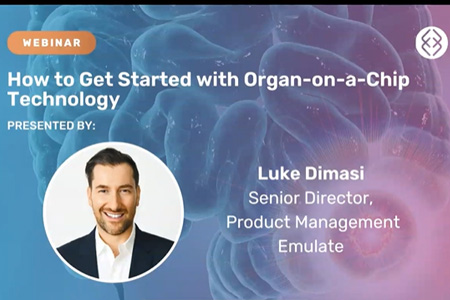For many years, scientists have been using traditional 2D cell culture to study human biology and make significant advancements in the field. However, it is becoming increasingly clear that this artificial nature of 2D cell culture, which includes the use of cancerous cell lines, static microenvironments, and limited cellular complexity, has its limitations when it comes to accurately modeling human diseases and predicting human reactions to drug candidates.
To address these limitations, an innovative technology called Organ-Chips has been developed as a more human-relevant platform for disease research and drug discovery and development. These advanced in vitro models replicate the microenvironment that cells experience within the human body, providing a more authentic representation of human responses compared to traditional 2D cell culture.
In a webinar led by Luke Dimasi, Senior Director of Product Management at Emulate, an overview of their Organ-on-a-Chip technology was provided. The webinar explored the advantages of Organ-Chips over 2D cell culture and presented data-driven examples demonstrating their enhanced physiological relevance.
